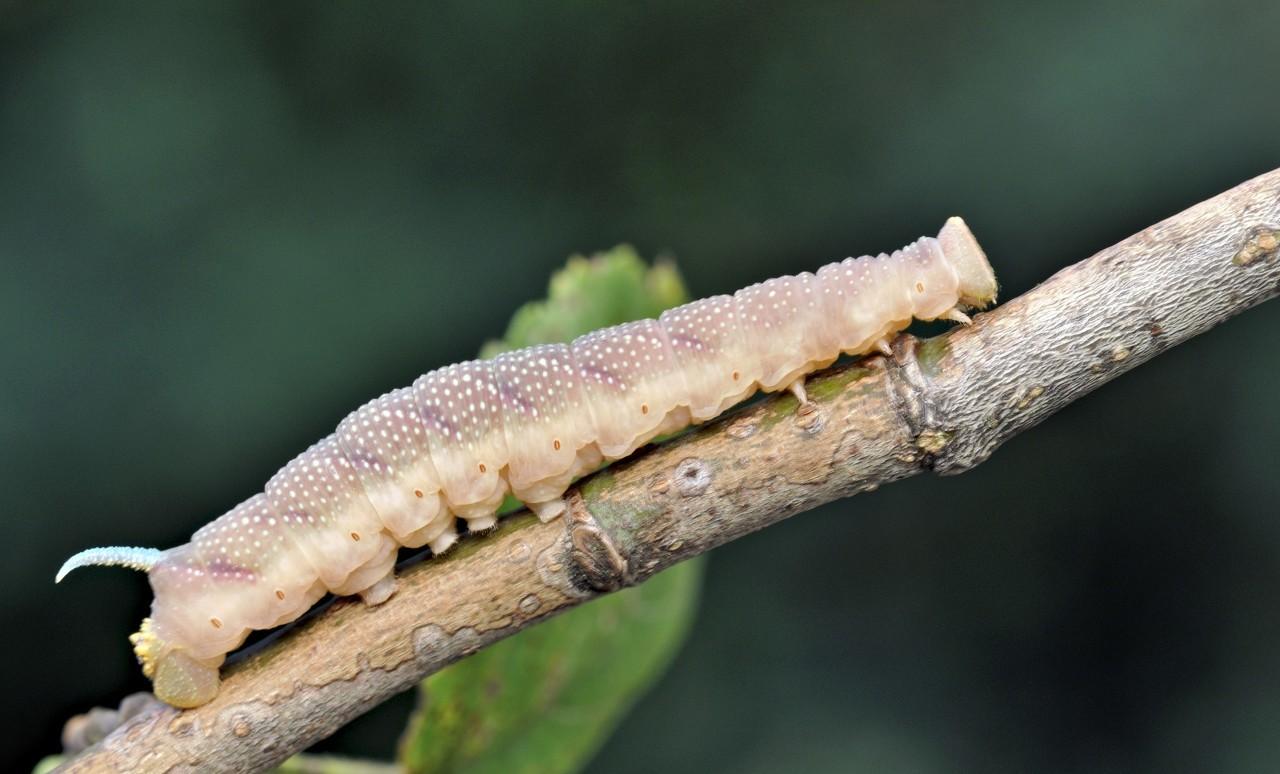1, biological reproduction: each organism can produce its own offspring, this is ~.
2, asexual reproduction: refers to the reproductive mode of new individuals directly produced by the mother without the combination of germ cells. Easy to maintain the traits of parents.
3. Sexual reproduction: refers to the combination of reproductive cells of both sexes (also known as gametes) to produce zygotes, and the zygotes develop into a new individual's reproductive mode. This is a common mode of reproduction in the biological world, with the heritability of both parents, with stronger vitality and variability.
4. Dividing reproduction (unique to single-celled organisms): It is the reproductive mode of an organism that divides from one mother into two descendants. Such as amoeba, bacteria, grasshoppers.
5. Bud reproduction: the mother → the bud body → new individuals, such as hydra and yeast.
6. Spore reproduction: maternal → spore → new individuals, such as penicillium and Aspergillus.
7. Nutritious reproduction: The vegetative organs (roots, stems, leaves) of plants develop into new individuals, such as potato tubers, creeping stems of strawberries, begonias, etc.
8, grafting: a method of using buds or branches on the plant body to connect to another plant body with roots, so that the two parts that are joined together grow into a complete new plant body.
9. Plant tissue culture technology: explants (ex vivo tissues or organs) → disinfection → inoculated → callus (tissues do not differentiate, just a mass of parenchymal cells) → tissues and organs → intact plants.
10, gamete reproduction: sexual germ cells produced by the parents - gametes, two pairs of pairs, combined with each other, become zygotes, and then develop from zygotes into a new individual reproductive mode, called ~.
11, egg reproduction: the mode of reproduction in which egg cells and sperm combine is called ~. All seed plants reproduce from seeds, which are given to egg reproduction.
12, fertilization: the process of sperm and egg cells combining into zygotes, called ~.
13. Pollen tube: it is a tubular structure formed by protruding the inner wall of germinating pollen grains and protruding from the germination hole. The main role is to transport the sperm and other contents it carries to the egg organs or egg cells to facilitate fertilization. 14, double fertilization: one sperm and egg cells combine to become zygotes, also known as fertilized eggs (chromosomes are 2N); the other sperm and two polar nuclei are combined to become fertilized polar nuclei (chromosomes are 3N), this angiosperm unique fertilization phenomenon is called double fertilization.
15, angiosperms: all ovules have ovary wrapped, seeds have fruit peel wrapped plants, is called ~.

statement:
1. When all seed plants are propagated with seeds, they belong to egg reproduction, because to produce seeds, they must undergo double fertilization, that is, one sperm is bound to egg cells, and the other sperm is bound to two polar nuclei. So it must be egg reproduction.
2. The offspring produced by sexual reproduction have the genetic characteristics of both parents, have greater life ability and variability, so it is of great significance to the survival and evolution of organisms.
3. The fundamental difference between asexual reproduction and sexual reproduction is the combination of reproductive cells of both sexes.
4. The advantages of plant tissue culture are: A, less materials, short culture cycle, high reproduction rate, easy to automate management. B. It is widely used in terms of rapid reproduction of flowers and fruit trees and the cultivation of virus-free plants. C. Easy to maintain the traits of parents.
5. Cloning: a way of asexual reproduction. Cloning is characterized by the formation of a complete individual from a part of an organism (including cells, tissues, and organs), and the genetic basis of the cloned individual and the individuals within the same asexual breeding line is under normal circumstances exactly the same.
6. The principle of plant tissue culture technology is the totipotency of plant cells, and the cloning technology is to use animal cell nuclei to have totipotency.